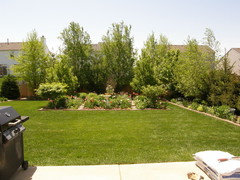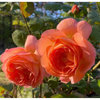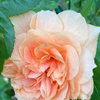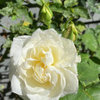Let's talk soil amendments, e.g. pumice, pine fines
bluegirl_gw
10 years ago
Featured Answer
Comments (12)
strawchicago z5
10 years agolast modified: 9 years agostrawchicago z5
10 years agolast modified: 9 years agoRelated Professionals
Palm Springs Landscape Architects & Landscape Designers · Rancho Palos Verdes Landscape Architects & Landscape Designers · Forest City Landscape Architects & Landscape Designers · Andover Landscape Contractors · Bedford Landscape Contractors · Chelmsford Landscape Contractors · Englewood Landscape Contractors · Kailua Landscape Contractors · Mount Kisco Landscape Contractors · Nanuet Landscape Contractors · Plantation Landscape Contractors · Shoreview Landscape Contractors · Siloam Springs Landscape Contractors · New Carrollton Landscape Contractors · Vadnais Heights Landscape Contractorsbluegirl_gw
10 years agolast modified: 9 years agostrawchicago z5
10 years agolast modified: 9 years agostrawchicago z5
10 years agolast modified: 9 years agostrawchicago z5
10 years agolast modified: 9 years agosandandsun
10 years agolast modified: 9 years agostrawchicago z5
10 years agolast modified: 9 years agostrawchicago z5
10 years agolast modified: 9 years agoLynn-in-TX-Z8b- Austin Area/Hill Country
10 years agolast modified: 9 years agostrawchicago z5
10 years agolast modified: 9 years ago
Related Stories

GARDENING GUIDESHow to Stop Worrying and Start Loving Clay Soil
Clay has many more benefits than you might imagine
Full Story
GARDENING GUIDESGardening Solutions for Heavy Clay Soils
What’s a gardener to do with soil that’s easily compacted and has poor drainage? Find out here
Full Story
GARDENING GUIDESHow to Pick a Mulch — and Why Your Soil Wants It
There's more to topdressing than shredded wood. Learn about mulch types, costs and design considerations here
Full Story
BASEMENTSDesign Workshop: Is It Time to Let Basements Become Extinct?
Costly and often unnecessary, basements may become obsolete — if they aren’t already. Here are responses to every reason to keep them around
Full Story
GARDENING GUIDESGarden Myths to Debunk as You Dig This Fall and Rest Over Winter
Termites hate wood mulch, don’t amend soil for trees, avoid gravel in planters — and more nuggets of garden wisdom
Full Story
GARDENING GUIDESGet on a Composting Kick (Hello, Free Fertilizer!)
Quit shelling out for pricey substitutes that aren’t even as good. Here’s how to give your soil the best while lightening your trash load
Full Story
GARDENING GUIDESNew Ways to Think About All That Mulch in the Garden
Before you go making a mountain out of a mulch hill, learn the facts about what your plants and soil really want
Full Story
CONTAINER GARDENSSolve Your Garden Border Dilemmas With Planted Pots
Set your containers free from the patio — placed among plantings in the ground, they fill unsightly gaps, let you experiment and more
Full Story
LIFETrue Confessions of a House Stalker
Letting go when a new owner dares to change a beloved house's look can be downright difficult. Has this ever happened to you?
Full Story
GARDENING GUIDESLessons in the Rewards of Selfless Gardening
Let go of gardening for your own vision and watch the garden’s own true vision come forth
Full StoryMore Discussions











General Pumice Products